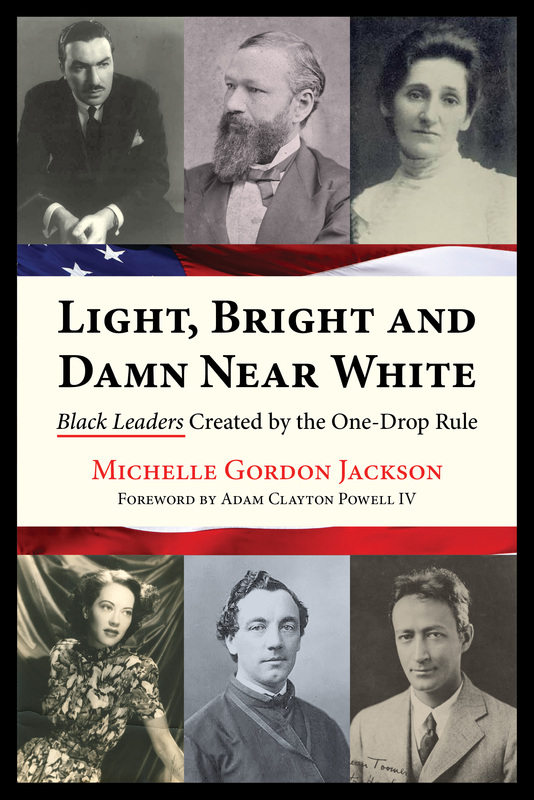New Book Explores Georgetown Inside and Out
Georgetown Alumni Online
Georgetown University
2010-11-2010
Historian R. Emmett Curran discusses his recently published book, a three-volume history of Georgetown that uncovers little known facts about the university.
True or false?
1. In Georgetown’s first decade of existence, nearly 20 percent of its students came from outside the United States.
2. Georgetown was not actually founded in 1789.
A History of Georgetown University: The Complete Three-Volume Set, 1789-1989, released this month, sheds new light on these and other little known facts about Georgetown, as well as offers a broad perspective on the university’s identity and place in American culture.
Here, author R. Emmett Curran, a historian and member of the Georgetown community for more than three decades, talks about the book’s evolution and surprising discoveries he made during its research. Copies of the three-volume set are available in the Georgetown University bookstore.
(The answer to both of the above questions is “true.”)…
…Q: What is your favorite story from Georgetown’s past that people might not have heard?
Curran: The manner by which Patrick Healy became president of Georgetown is a good story. In 1870 the Jesuits were struggling to come up with a suitable candidate for the presidency of Georgetown. After Rome rejected the first slate of candidates that the Jesuits in the United States sent them, Jesuit officials in the Maryland Province (then encompassing most of the eastern United States) sent a new slate that listed Patrick Healy as the preferred candidate.
“Clearly Healy is the best qualified,” the regional superior stated, “despite the difficulty that perhaps can be brought up about him.” That ambiguous reference concerned either Healy’s illegitimate background (as the son of parents [Irish planter and mixed-race slave] who, by Georgia law, could not marry) or his biracial identity.
Rome ended up choosing no one on the list and reappointed John Early, who had earlier held the office. When Early’s latest term came to an end in 1873, the regional superior proposed an interesting deal. He suggested to the superior general in Rome that John Bapst, then president of Boston College, be made president of Georgetown and Patrick Healy replace Bapst in Boston. That suggests that the “difficulty” had actually been Healy’s biracial background and so-called slave status. The regional superior was calculating that mixed race would not have the potential for problems in New England (where Patrick Healy’s two brothers had important positions among the clergy in the Archdiocese of Boston) that it might well pose in Washington.
Before Rome could respond, John Early died suddenly in May 1873. The regional superior immediately appointed Healy as acting rector, and the following day the directors of the university chose him as president. Rome, obviously unhappy about developments, took more than a year to confirm his appointment as rector.
Read the entire article here.
Note from Steven F. Riley: For more information on the Healy brothers, read James M. O’Toole’s book, Passing for White: Race, Religion, and the Healy Family, 1820–1920.
:focal(472x247:473x248)/https://public-media.si-cdn.com/filer/35/25/35254b4c-44e2-4fb1-90b7-05f34da13495/georgetown.png)

